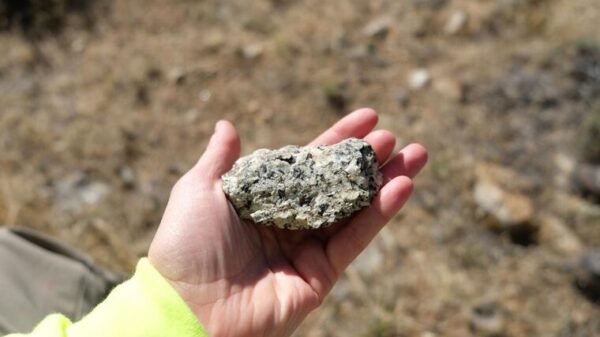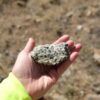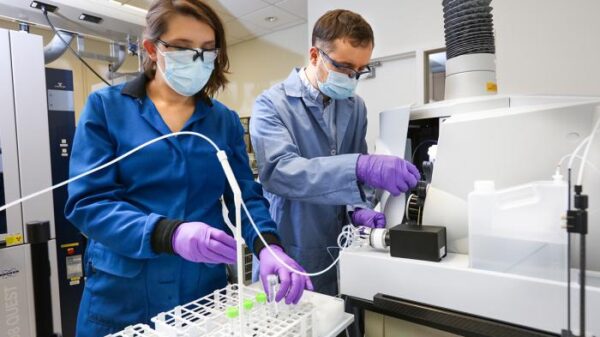Tesla (NASDAQ: TSLA) revealed plans at its investor day on Wednesday to develop permanent magnet electric vehicle motors without using critical minerals, putting potential pressure on rare earth element (REE) companies.
The electric car company indicated that a future generation of automobiles will effectively not require the REE without providing any further elaboration. Even such, analysts at Bank of America Global Research said producers would still have a market.
Rare earth elements are used in a variety of industries, including electronics, renewable energy, and defense. They would also still be in demand even if Tesla did not use them.
In recent years, western governments have invested heavily into critical minerals strategies. They have invested billions of dollars into companies and projects engaged in green technology due to concerns over climate change. Now they want to secure sources for metals like copper, cobalt, nickel and REE used in most modern technologies from cell phones to defense. China controls 80 per cent of the rare earths market, complicated this process.
The main producers of REE in North America are MP Materials (NYSE: MP) and Energy Fuels (TSX: EFR) (NYSE: UUUU).
They’re collectively challenging Chinese dominance of REE production. These include materials such as neodymium-praseodymium (NdPr), erbium and dysprosium.
Last month, MP Materials agreed to supply Tokyo-based magnet-maker Sumitomo with NdPr from its Mountain Pass Mine in California. Energy Fuels bought a rare earths project in the Bahia state of Brazil for $22 million.
Additionally, NioCorp Developments (TSX: NB) indicated it produced a high-purity concentrate of REE from its demonstration plant at Trois-Rivieres, Quebec. It’s now preparing for a $1.2 billion development of its Elk Creek critical minerals project in southeast Nebraska.
Vital Metals (ASX: VML) is finishing an economic assessment of its Nechalacho project 110 kilometers southeast of Yellowknife, NWT. It’s advancing a $55 million processing plant in Saskatoon. Although, its off-take partner in Norway won’t be ready until next year.
Read more: Calibre Mining broke gold production records with 10% increase in 2022
Read more: Calibre Mining strengthens management team with two new vice presidents
Space rock is an alternative to rare earths
The analysts also noted research on meteorites being done by Northeastern University in Boston and Cambridge University in the UK.
The plan is to synthesize tetrataenite, an iron-nickel alloy found in meteorites, to replace REE.
Professor Lindsay Greer, who leads the Cambridge research team, said REE deposits do exist elsewhere, but the mining operations to acquire them can be complicated.
“You have to extract a huge amount of material to get a small volume of rare earths,” Greer said. “Between the environmental impacts, and the heavy reliance on China, there’s been an urgent search for alternative materials that do not require rare earths.”
The researchers believe they may have found a replacement for REE. They have developed a new approach for making tetrataenite, a mineral that takes millions of years to develop in meteorites.
According to Greer, as the meteorite cools, the iron and nickel atoms reorder themselves into a stacking sequence in the crystalline structure of the molecule. The result is a material with magnetic properties similar those made with REE.
Researchers were able to speed up tetrataenite formation by mixing iron, nickel and phosphorus in the correct quantities, so instead of taking a million years to form it happened in a matter of seconds.
“What was so astonishing was that no special treatment was needed: we just melted the alloy, poured it into a mould, and we had tetrataenite,” Greer said.
“The previous view in the field was that you couldn’t get tetrataenite unless you did something extreme, because otherwise, you’d have to wait millions of years for it to form.”
Follow Joseph Morton on Twitter
joseph@mugglehead.com














